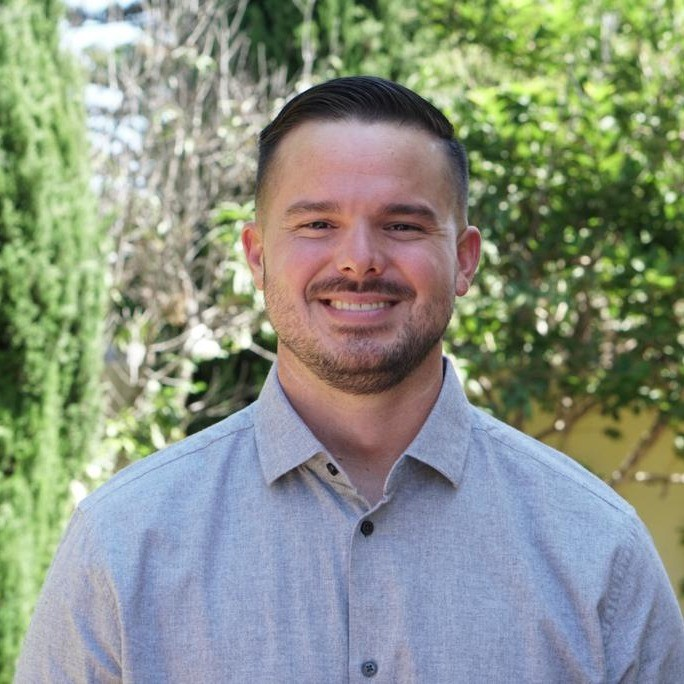What are the Best Alternatives to 12 Step Programs?
Alcohol addiction evaded effective treatment for centuries because society didn't recognize it as a chronic brain disease. The arrival of Alcoholics Anonymous (AA) in the 1930s revolutionized this view, establishing addiction as treatable through peer support and spiritual principles.
Today, diverse recovery options abound beyond the dominant 12-step model, including science-backed alternatives like cognitive behavioral therapy (CBT) and medication-assisted treatment (MAT).
Programs such as SMART Recovery and secular groups offer flexible paths tailored to individual needs, whether spiritual, evidence-based, or community-focused.
Explore these to find what resonates for lasting sobriety.
What is a 12-step Program?
12-step programs are programs modeled after Alcoholics Anonymous (AA). AA was founded in 1935 by Bill Wilson and Bob Smith. Their approach involves one alcoholic talking to and lending support to another alcoholic. The program emphasizes belief in a “higher power.” The idea behind this is to deemphasize the role of the addict’s own willpower in maintaining sobriety.
Recovering addicts in AA attend regular meetings where they can listen to and share stories about addiction and recovery, find resources and solutions for common life problems and develop a sober social community. It is common for members of Alcoholics Anonymous to select a “sponsor,” a kind of informal mentor who has worked the 12 steps of AA and is available and willing to help a newcomer do the same.
The 12 Steps in a 12-step Program
The 12 steps of Alcoholics Anonymous have been adapted to many other 12 step programs to help with other addictions aside from alcohol. The steps of the program are as follows:
- We admitted we were powerless over alcohol—that our lives had become unmanageable.
- Came to believe that a power greater than ourselves could restore us to sanity.
- Made a decision to turn our will and our lives over to the care of God as we understood Him.
- Made a searching and fearless moral inventory of ourselves.
- Admitted to God, to ourselves, and to another human being the exact nature of our wrongs.
- Were entirely ready to have God remove all these defects of character.
- Humbly asked Him to remove our shortcomings.
- Made a list of all persons we had harmed and became willing to make amends to them all.
- Made direct amends to such people wherever possible, except when doing so would injure them or others.
- Continued to take personal inventory, and when we were wrong, promptly admitted it.
- Sought through prayer and meditation to improve our conscious contact with God as we understood Him, praying only for knowledge of His will for us and the power to carry that out.
- Having had a spiritual awakening as the result of these steps, we tried to carry this message to alcoholics and to practice these principles in all our affairs.
Call Design for Recovery to Begin Your Healing Journey!
Reach out to our team to discuss sober living options and next steps toward a healthier routine.
Drawbacks of 12-Step Groups
While 12-step groups remain the most well-known method for getting sober, they remain divisive. Many would-be recovering alcoholics find that the program’s focus on the recovering addict finding a “higher power” is off-putting.
Atheists and other secular-minded people complain that there is too much religious-sounding talk in meetings. It is by design that AA uses the vague language “higher power” — the term is meant to be as inclusive as possible — but people who find religion unacceptable may conclude that 12-step groups are not for them.
There are also many people with alcohol and drug addictions who live outside of major metropolitan areas. Recovering addicts who live in rural zones might find it difficult to get to meetings. For these people, it is still possible to follow a 12-step program and have phone calls with sponsors, but they may find it preferable to look into other options.
Best Alternatives To 12 Step Programs
The “SMART” in Smart Recovery stands for Self-Management and Recovery Training. This program, which is conducted via online meetings, is secular and science-based. It implements cognitive behavioral therapy techniques to empower addicts to quit any substance or behavior they may have a problem with. SMART Recovery emphasizes a 4-point recovery program:
- Point 1: Building and Maintaining Motivation
- Point 2: Coping with Urges
- Point 3: Managing Thoughts, Feelings, and Behaviors
- Point 4: Living a Balanced Life
Women for Sobriety (SFS)
Women for Recovery was designed by sociologist Jean Kirkpatrick as a secular alternative to AA. Only women are allowed to join. While Women for Sobriety is secular, it does encourage both emotional and spiritual growth.
Contact Design for Recovery Today!
Fill out our quick form to connect with a peer mentor and learn how our sober living community supports accountability, structure, and personal growth in recovery.
LifeRing Secular Recovery
LifeRing Secular Recovery is another secular recovery program. LifeRing’s philosophy is that there are two personas inside an addict: the sober self and the addict self. LifeRing’s approach, via its meetings and literature, involves attempts to weaken the addict and strengthen the sober self.
Moderation Management
Moderation Management was founded in 1994 and was designed to provide tools for addicts who want to reduce the harms associated with their addiction without becoming entirely abstinent. While the program still exists to some extent, it suffered a major blow when the founder, Audrey Conn, admitted that she was still suffering from addiction, decided to enter AA, and subsequently killed a father and daughter while drunk driving.
Secular Organizations for Sobriety (SOS)
Secular Organizations for Sobriety (SOS) offers a non-religious, self-empowerment approach to recovery, emphasizing personal responsibility and practical tools over spiritual surrender or higher power concepts.
Founded in 1986, SOS provides accessible in-person, online, and literature-based meetings where members create individualized sobriety plans with peer accountability, making it ideal for atheists, agnostics, and those seeking science-based mutual aid as a 12-step alternative.
Studies indicate SOS achieves abstinence rates comparable to AA, serving as an effective complement to structured sober living for long-term independence.
Why Choose Sober Living for Long-Term Recovery Support?
Sober living homes like Design for Recovery provide structured, non-clinical environments in Los Angeles that support young men transitioning from treatment or mutual-aid groups like SMART Recovery or SOS.
Residents develop responsibility, honesty, and employment readiness through community living, achieving outcomes like prosperous, joyous lives free from addiction. Evidence shows sober living doubles long-term abstinence rates compared to outpatient care alone, making it the ideal bridge from alternatives.
Contact Design for Recovery to explore how we support your journey toward thriving in sobriety.
- What are the Best Alternatives to 12 Step Programs?
- What is a 12-step Program?
- The 12 Steps in a 12-step Program
- Drawbacks of 12-Step Groups
- Best Alternatives To 12 Step Programs
- Women for Sobriety (SFS)
- LifeRing Secular Recovery
- Moderation Management
- Secular Organizations for Sobriety (SOS)
- Why Choose Sober Living for Long-Term Recovery Support?







Written By
David Beasley